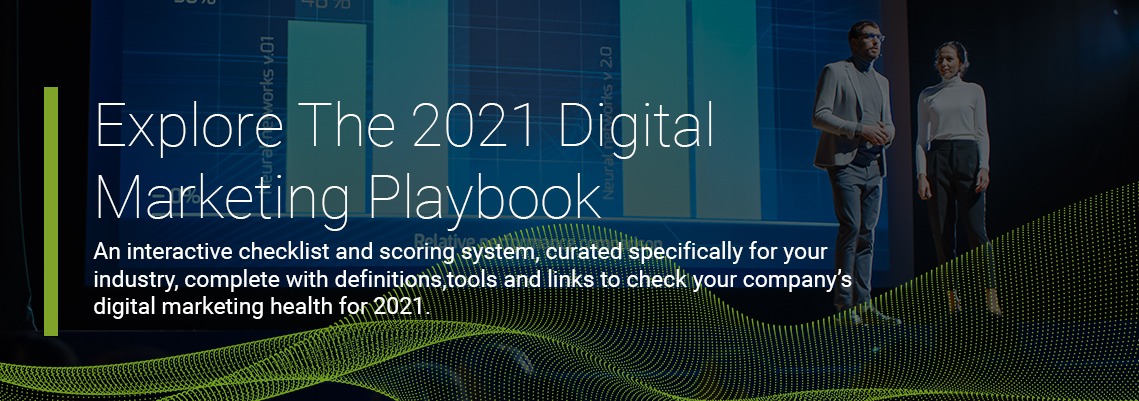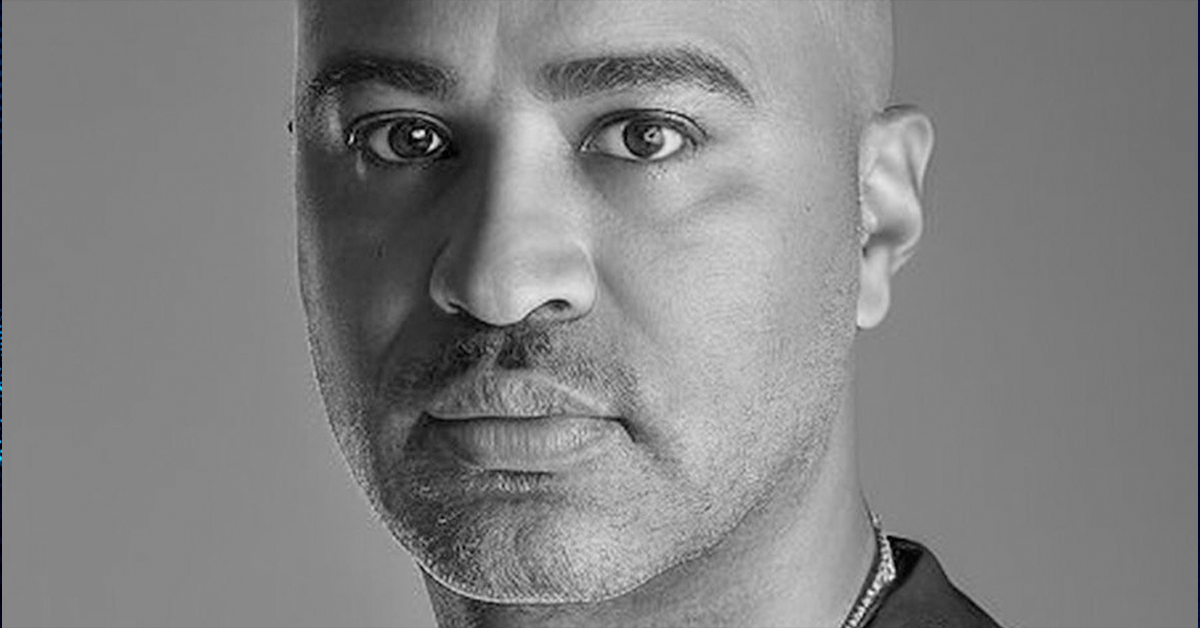A website serves as the face of your brand and the first movement of truth (FMOT) when it comes to customer interaction with your brand. With an increase in online traffic, the market competition in a brands’ visibility is also growing. Here, a major point of impact is a brands’ website and its UI/UX analysis, as it is the first referral for the potential customers to get insights and in-depth knowledge about what the brand is all about.
Now the question remains that in a space populated with approximately 2Billion websites, how can you stand out? How would you know if your website is going to have a positive response from users?
We have seen businesses investing huge amounts of money and time over a website, just to cry about lack of traffic or increasing bounce rate. In all reality, it more about understanding the impacts a consumer extract from a website that can result positively in converting a lead. A well thought-out navigation and a seamlessly constructed website can truly serve as a lead magnet, converting traffic into loyal customers. Taking this into consideration, strategic investment into website design and development has become a significant focus for all small, medium, to enterprise-scale businesses.
Now that we have established the significance of a good website, let’s talk about what are the keys elements that can make your website stand out amongst your competition and the ones that convert?
From thorough digging and decoding of trends, we are here with a list of the top-rated necessities for your website. These tips can surely assist you in generating greater revenue and retain loyal customers for you.
Domain Name and Hosting
Topping up our list and the initial must-have is a Domain Name. Users are more likely to search for what they remember. For example, Google, Youtube, Facebook, Amazon are the majorly used search engines because they are easy to remember. While choosing a domain name for your website, keep the following things in mind:
- Is it easy to remember?
- Does it reflect the brand?
- Is it SEO friendly?
- Can it be easily misspelled?
It is crucial for your brand to select a domain name that could incorporate SEO, the brand’s voice, and simple spelling. If it meets the criteria, chances are higher than they would be located in the search engines.
Hosting: Just like the physical store where you place your products or a service center, the digital sphere also requires you to get a space for your website images, coding files, etc. that make up your website; when you get hosting, you are renting a space over the web for your website.
Hosting providers offer different packages. When opting for any provider, make sure they have good in-house customer support. Besides this, look at what security, backup, and additional feature they are offering. Some of the things to consider while choosing a hosting;
- Understand the nature of your website (e-commerce, blogs, portfolio, etc.)
- The bandwidth required to run the website
- How many official email addresses would you require?
- Does the hosting provider provide an SSL certificate?
It is essentially any content that has the ability to engage and attract customers to your brand.
Now that older marketing methods like TV advertising have been proven less effective, content marketing is now the better way to garner interest in your product.
Beautiful, Trendy, and Catchy Design
Once you have decided about the domain and hosting, now is the time for the website design.
The first thing that users see is how the website is designed. The color schemes and use of visuals create a very strong impact on users. The design of your website should be the reflection of your brand. Every detail of the design should talk about your brand niche..
To build an amazing impact it is crucial to choose the right brand colors for the website display. The color scheme could be difficult to choose, especially if your brand logo consists of bright colors. It is important to keep in mind that when a user visits your website, he/she should feel at ease with the product or service rather than feeling overwhelmed. Colors can stir up emotional responses. Spend some time researching what color scheme should work for your company.
The use of visuals could be simple and tricky at the same time. People connect to the brand when they see images; however, using too many visuals and less content could drive away traffic from your website. Keep a good balance of visuals and colors.
User-Friendly UI & Easy Navigation
The next crucial step after finalizing the attractive design for your website is to ensure its user-friendliness.
If a user finds it difficult to navigate through your website, they are more likely to bounce in one scroll. Keep it simple and user–friendly. For example, if your website is about clothing, and a customer is looking for a pair of jeans, he/she should be able to find it easily through search bars with easy navigation given at the home page.
Avoid clutter on your website, as it would cause distraction. Too many sections, a lot of redirection and the call for clicking through multiple pages to find the main service are a few factors that cause the most loss of traffic. In short, your website should show your brand in a good light, become easy and approachable. Label tabs clearly and ensure that it shifts from one page to another smoothly. Your website is for your audiences, so step in their shoe and think about what and how they would like to see your website.
Desktop vs. Mobile Site – Enhance Accessibility
Once you have created a user-friendly and beautiful website, now is the time to ensure that it reaches out to as many people as possible, for which you need to ensure accessibility.
The use of mobile devices has increased significantly compared to desktop, where about 50% of online traffic lies.
It is crucial to have a mobile optimized website, a layout that shift seamlessly across all devices and screen sizes. Some companies develop a separate mobile version, which is easier and quicker (may have fewer navigation options), and a separate desktop version, which is more detailed. In any case, if you are planning to launch a website, it is important that you should have a design that can be adapted to any device.
Reviews/ Testimonials
The testimonial is a great way to gain your audience’s trust. A user is more likely to believe another user rather than taking direct advice from a business. A happy customer review means your product or service is worth buying. Today, before making a purchase, a customer navigates through search engines and review sections or takes hints from social platforms before jumping into investment on a brand.
One great way to get some positive testimonials is to reach out to your loyal customers and request a feedback. If they are willing to provide it, making a brand video testimonial can be the best viral review that you can make benefit from. The more positive reviews you have, the more chances of building new clients.
Blogs
People like to read about new and different products. An active on-site blog would not only improve the SEO and increase the traffic but will also help in getting more conversion rates. A blog is a great way to connect to your users.
For example, if your brand has recently launched a skincare product, talk about how it will benefit the buyer? Is it great for anti-aging or works well with wrinkles? People love to read before they purchase anything. On the other hand, it wouldn’t harm you if you pick a similar product of another brand and compare it with your product. Customers need to know why your product is better than others.
Call to Action (CTA)
If a user knows it is difficult to contact the brand, they will not ask for services/products. Mention your phone number, email, and office address on your website, ideally at the bottom of every page. It will also help users building trust in your company.
Make a call to action a way to engage with your visitors. For example, ask them to subscribe to your newsletter or discount offers and, in return, send them a sample of your product. This will not only give them a chance to test your product, but they will be glad to receive good customer service.
Conclusion
These were some key points to consider when building a new website. A website is essential to your business. It not only helps promote your business but also builds a strong connection with your users and can serve as a central hub for your entire operations and revenue growth. However, building a new website can quickly become more complex when you start working on it. If you aren’t sure where to start, how to build or what your strategy should be for development, you can hire us to build it for you or contact us for a consultation.
Want more insights?
Subscribe to our weekly marketing tips and advice, delivered straight to your inbox.
Oops! We could not locate your form.
Keep Reading
Want more? Here are some other blog posts you might be interested in.
You could feel it in the room this year. Not in a vague “the vibe shifted” way. In the practical, stressful ...
He looked across the conference room table at me and said, almost in a whisper, “I hate to be the bad ...
There is a scene that repeats itself in a lot of young companies. It is Monday morning, the leadership team is ...
For founders and growing companies
Get all the tips, stories and resources you didn’t know you needed – straight to your email!




